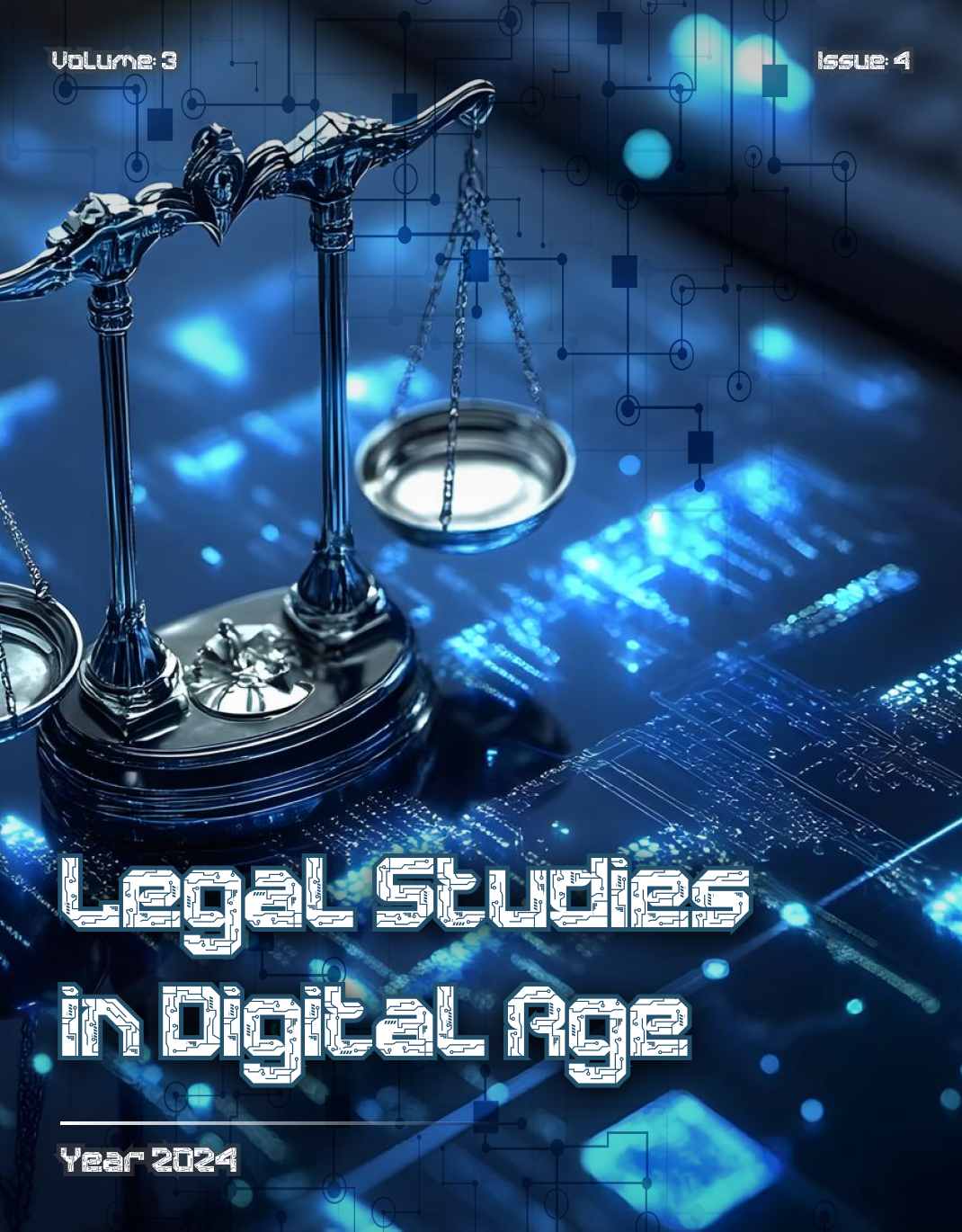The Impact and Role of Information Technology in Money Laundering
Keywords:
Electronic banking, E-commerce, Money laundering, Electronic money laundering, Information and communication technologyAbstract
Today, the remarkable transformation in the global monetary and banking system, resulting from the information and communication technology (ICT) revolution, has had profound effects on the social and economic lives of individuals. At the same time, it has posed new challenges to the current anti-money laundering regulations. Access to electronic banking and internet networks has created a suitable safe haven for money laundering activities. In contemporary times, the discourse on organized crimes—both national and transnational—has entered a new phase, where efforts are increasingly directed at preventing the emergence of criminal organizations and confronting them decisively through various means. Autonomous approaches, namely preventing the entry of illicit revenues into national and international financial systems, have long been on the agenda of national and international policymakers. Unfortunately, this has led to the emergence of a new criminal trend known as money laundering, compelling responsible authorities to address it proactively. However, the radical transformation of the global monetary and banking system, brought about by the advent of electronic money and banking, has challenged the existing anti-money laundering regulations, making comprehensive revisions of such measures necessary. This research seeks to answer the question: What impact does electronic banking have on the money laundering process? Based on the hypothesis that electronic banking facilitates the commission of money laundering offenses and introduces new methods for committing such crimes, the study examines e-commerce and banking, along with the characteristics of each. It proposes techniques for electronic money laundering, explores both common and novel methods, and compares traditional money laundering processes with modern ones. In this context, the recommendations of the Financial Action Task Force (FATF) regarding the fight against electronic money laundering are also presented. The conclusion drawn is that information and communication technology, when provided in an insecure environment, can expand and develop money laundering, as well as facilitate and diversify its methods. Therefore, this issue must be taken into serious consideration in the formulation of economic, financial, and criminal policies.
References
Asadi, S. H. (2007). Transnational Organized Crimes. Mizan Publishing, Tehran.
Bagherzadeh, A. (2004). Economic Crimes and Money Laundering in the Draft United Nations Convention Against Corruption and Other International Documents. Majd Publications, Tehran.
Bagherzadeh, A. (2009). Money Laundering in Iranian and English Law and International DocumentsPB - Mizan Publishing, Tehran.
Bidabad, B. (2013). Detailed Plan for the Money Laundering Detection System. Research and Planning Department.
Bosworth-Davis, R. (1994). Money Laundering: A Practical Guide to New Legislation. kluwer law publication.
Habibzadeh, M. J. (2011). The Role of Electronic Banking in Money Laundering and Methods to Combat It. Comparative Research Quarterly, 15(1).
Jalali Farahani, A. H. (2005). Electronic Money Laundering. Quarterly Journal of Jurisprudence and Law(4).
Jazayeri, M. (2009). Money Laundering and Financial Institutions. Higher Institute of Banking Education of Iran, Tehran.
Mir Mohammad Sadeghi, H. (1998). International Criminal Law. Mizan Publishing, Tehran.
Mousavi Moghadam, M. (2007). Money Laundering. Ninava Publications, Qom.
Rahbar, F., & Fazlollah, M. (2008). Money Laundering and Methods to Combat It. Tehran University Press and Publishing Institute, Tehran.
Richards, J. (1999). Transnational Criminal Organizations,Cybrecrime, and Money Laundering. CRC Press. https://doi.org/10.4324/9780367801991
Saki, M. R. (2008). Introduction to Money Laundering Crime. Judicial Training and Research Deputy, Javdaneh Publications, Tehran.
Tazhibi, F. (2005). Money Laundering and the Banking System. Zaeem Publications, Tehran.
Downloads
Published
Submitted
Revised
Accepted
Issue
Section
License
Copyright (c) 2024 Fardin Pormayeh, Ali Mansour Lakurj (Author)

This work is licensed under a Creative Commons Attribution-NonCommercial 4.0 International License.

